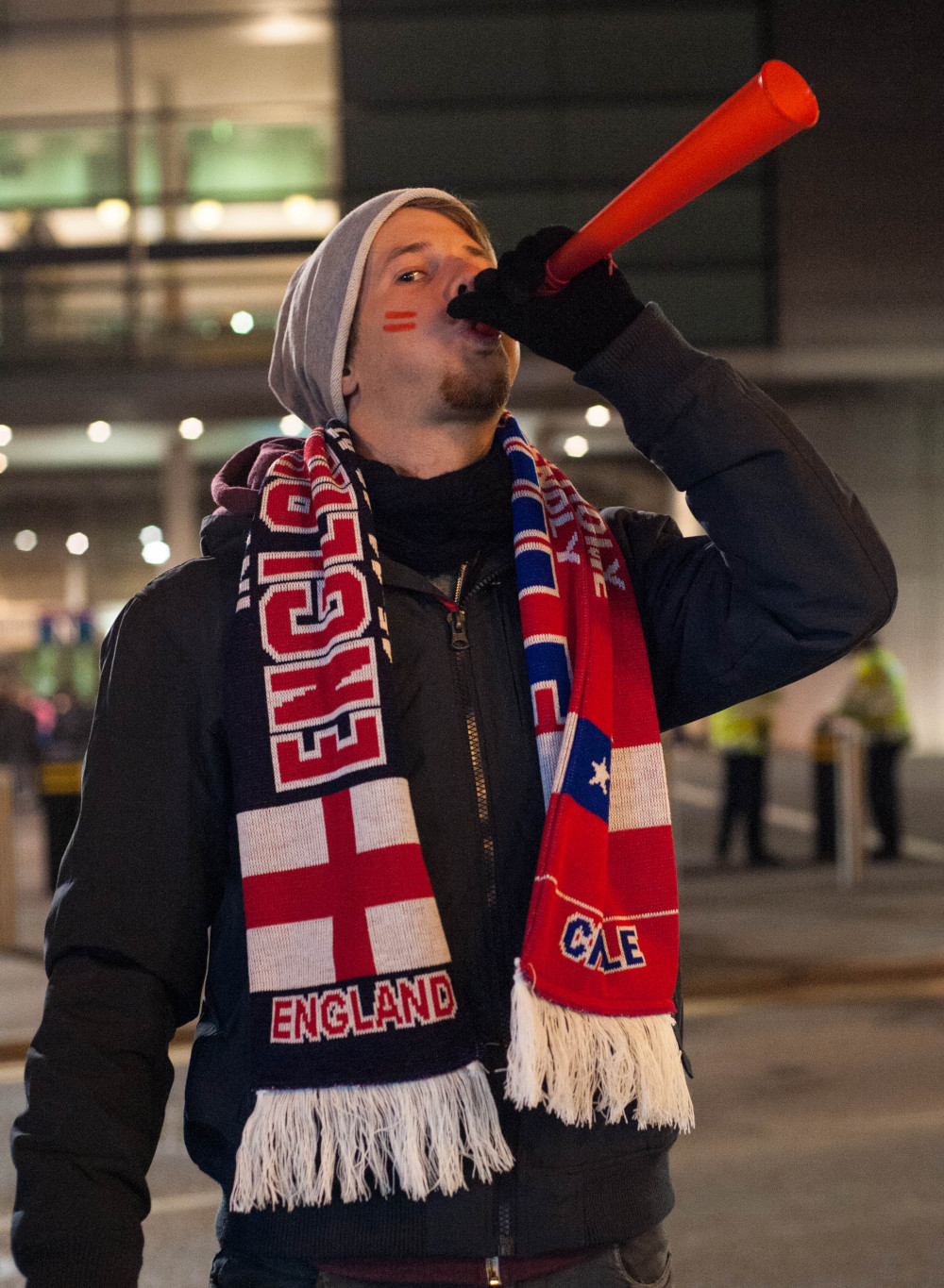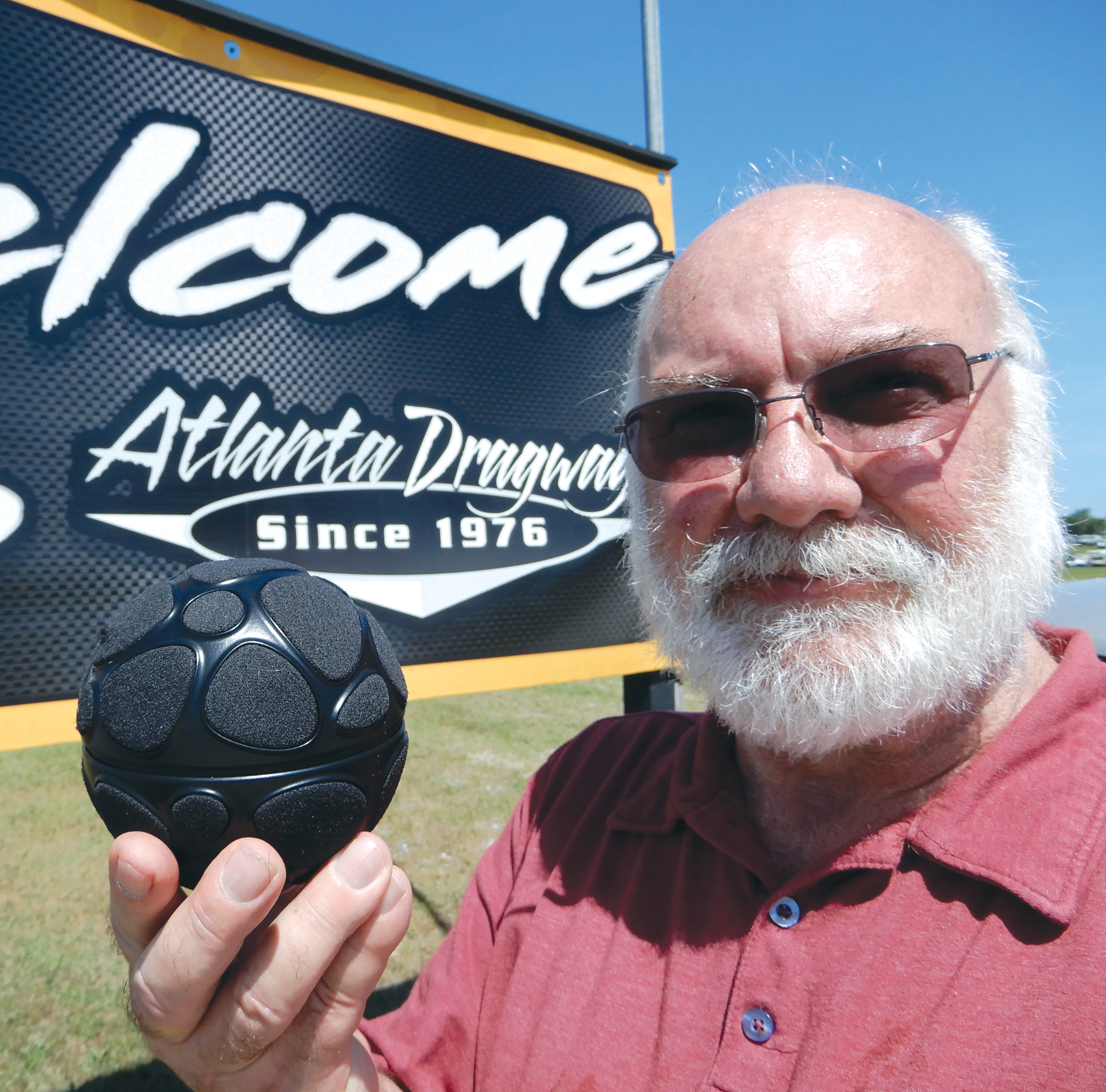‘Noize Boyz’ and the Nasty Sounding Days of Sports Past
It’s all about microphone design and placement

Sports audio is defined by extremes in sound. From the tranquil timbres (tones) of chirping birds during golf to the deafening roar of motorsports or even by the non-relevant sounds of the whoop, whoop of a helicopter during downhill skiing. There is a base tone that exists within every sporting event and venue, and it cannot be under-estimated how extraneous noise contaminates and influences the listener’s perception of a soundscape.
There are four factors that contribute the most to television noise pollution and acoustic soup—compromised microphone capture; little cooperation between broadcasters and venue management; the lack of concern or control of the offending noises from broadcast directors, producers and executives; and poor acoustics.
SIGNAL TO NOISE
Microphone design and placement make pure separation of sound from noise very difficult and often impossible, which is why Joe Carpenter designs a very close and precise microphone design for super events such as The World Series. All my engineering friends understand the measurement of signal to noise. This principle is relevant to microphones as well—basically, the closer the microphone is to the sound source the greater the signal to the background noise. Carpenter has microphones everywhere and even where you wouldn’t think.
Often sports announcers are located where the amount of extraneous sound that is picked up by the announcer’s headset is astounding and a distraction to the production. This is particularly evident at golf when you often hear the background noise from activities on another hole in the announcer’s headsets. This is distracting and unnecessary and is usually not relevant at that moment with the action the announcers are talking about. Just put the announcers in a trailer or in the studio. The same with basketball. Why are the announcers on the floor? They are only closer to the PA and excessive PA chatter and volume.
Microphone placement has generally been a compromise for decades. I can verify the fact that many directors and producers do not want to see microphones, boom poles or microphone operators in the camera shot. Sadly, there are virtually no more parabolic microphones behind home plate and the 2021 NFL season saw the reduction of the sideline space for parabolic operators to just between the goal line and 20-yard line.
Finally, I do not understand why European football does not allow microphone operators on the sidelines, but they do allow handheld camera operators. Not only is microphone placement compromised, but I am still surprised to see a microphone lying flat on top of a camera lens. A shotgun microphone flat on a camera lens acts more as a boundary microphone and not a shotgun microphone. At least the microphone is picking up something.
Often, effect microphones are hopelessly abrogated by the amount of excess sound particularly from enthusiastic PA announcers who talk too much through an over-the-top PA system that is way too loud. Bicycle motocross depends on constant PA chatter and music, while beach volleyball has cheerleaders and a DJ. I knew control of the venue sound was over when the head of production at the Brazilian Olympic Games said he wanted it to sound like a big party. Clearly in-venue entertainment has reached an annoying pinnacle. And if things haven’t gotten loud enough, the Atlanta Falcons were fined $350,000 and lost a draft pick for pumping additional crowd sound back into their home stadium.
The professional video industry's #1 source for news, trends and product and tech information. Sign up below.

DISTRACTING, DISORIENTING, DISRUPTIVE
I have had to accept that excessive PA volume, chatter and ear-piercing crowd noise are just a part of sports sound, but the noise that stadium fans have been allowed to perpetrate on TV audiences from the likes of cowbells, drums, thunder sticks and the dreadful vuvuzelas is basically unacceptable for a televised sporting event. The wall of noise is not only distracting, but disorienting and disruptive to the athletes and listening audience and dangerous to the spectators in an athletic venue.
By comparison a jet engine emits 140 dBSPL while the vuvuzela metered in at 127 dBSPL. Exposure of audio in excess of 85 dBSPL will cause hearing loss and permanent damage to the ear, plus there is no relief from the vuvuzela’s constant killer bee drone, which I am certain has detrimental psychological effects as well.
I have learned to accept that the director and producer are always looking for another camera angle. For example, for the sake of another camera angle helicopter sound crept into the tranquil soundscape of winter sports interrupting the beautiful uncontaminated sound of a mountain with the whoop whoop sounds of “Apocalypse Now.”
No doubt overhead cameras provide amazing camera perspectives, however even the first overhead cameras were noisy. Cooperation from the cable and railcam designers helped to minimize the noise that their belts, cables and pulleys made, but now the directors and producers are using drones, which are next to impossible to quiet down to an acceptable level.
Finally, I understand that sports venues are not designed with acoustics in mind. Parallel walls are a fundamental “no no” in acoustic basics and simple changes in the design of a venue would reduce sound buildup and help manage the wall of sound. There is no doubt that poor acoustics contribute to an acoustic soup that permeates much of television sports sound.
Sports such as golf, soccer and tennis verify there is an abundance of extraneous noise that permeates the base layer of sports audio including but not limited to HVAC, refrigerators, golf carts, generators, ice machines, aircraft, car/truck traffic and even wind noise. I understand team tribalism and how the fans, noise gadgets and the Tomahawk Chop unnerves the opposing team, but I wonder why the venue crowd needs a DJ, belly dancers and defining noise to enjoy a good sports match.
My Christmas wish: Please spare the television listeners another noise-generated headache.
Dennis Baxter has spent over 35 years in live broadcasting contributing to hundreds of live events including sound design for nine Olympic Games. He has earned multiple Emmy Awards and is the author of “A Practical Guide to Television Sound Engineering,” published in both English and Chinese. His current book about immersive sound practices and production will be available in 2022. He can be reached at dbaxter@dennisbaxtersound.com or at www.dennisbaxtersound.com.

